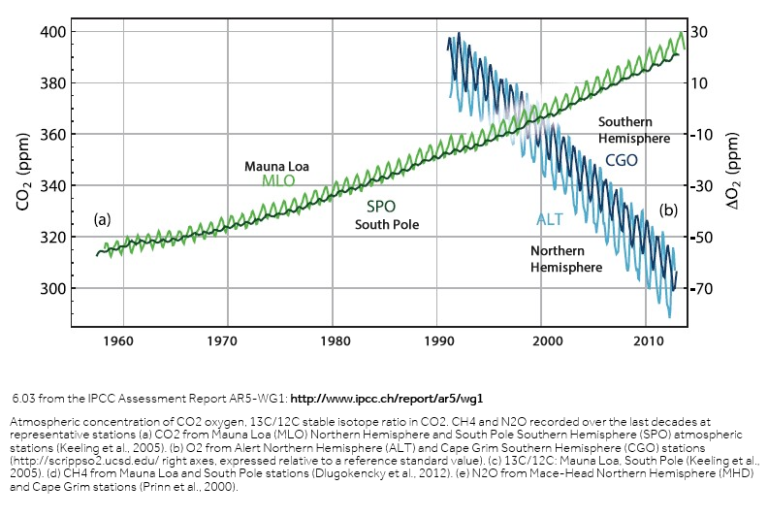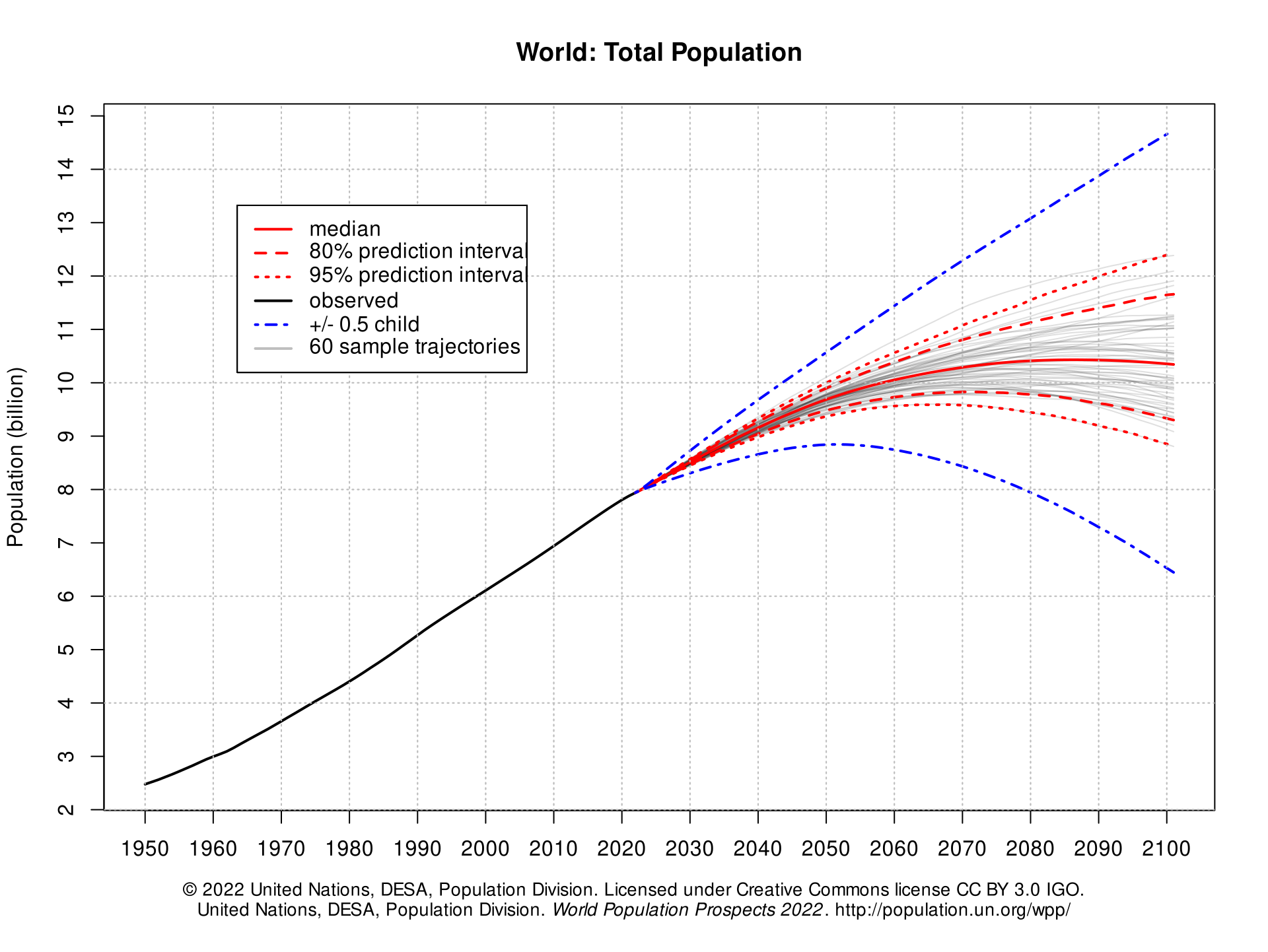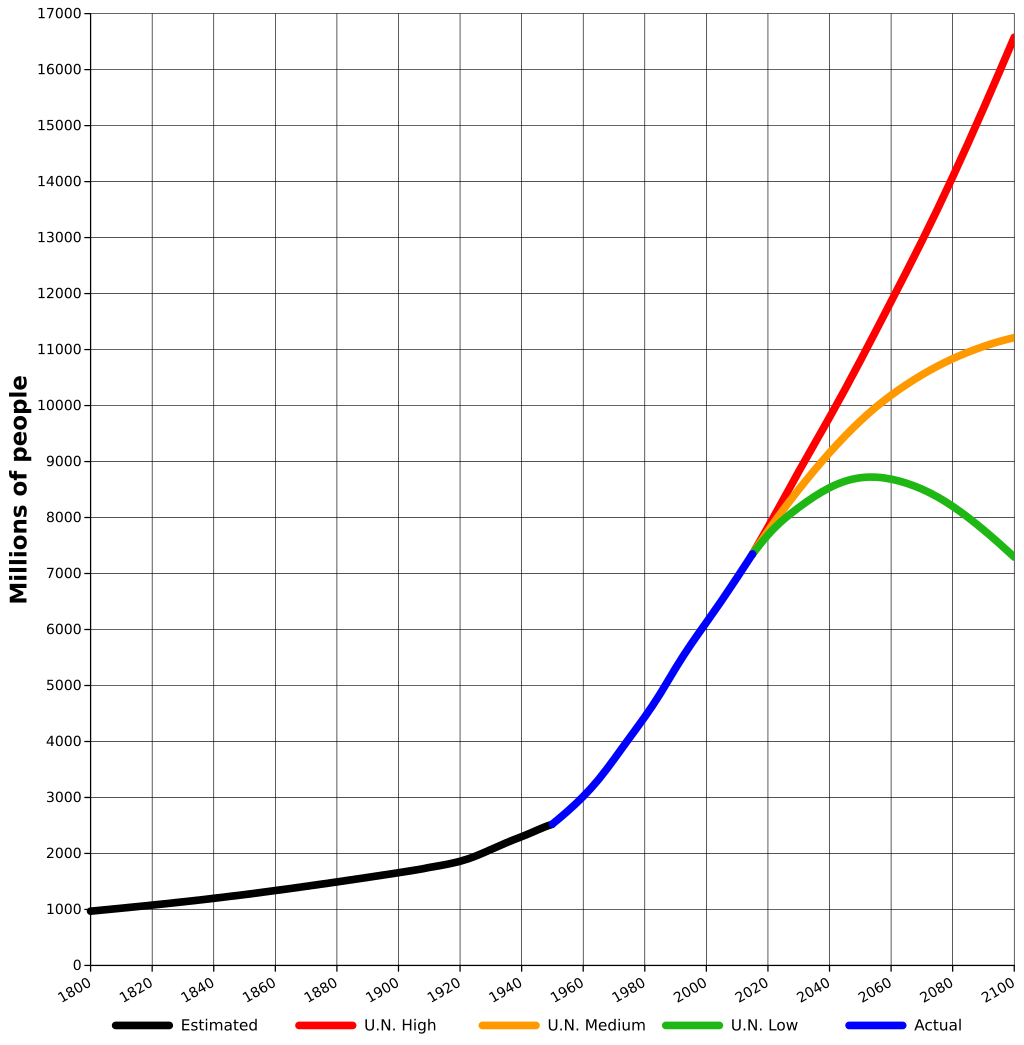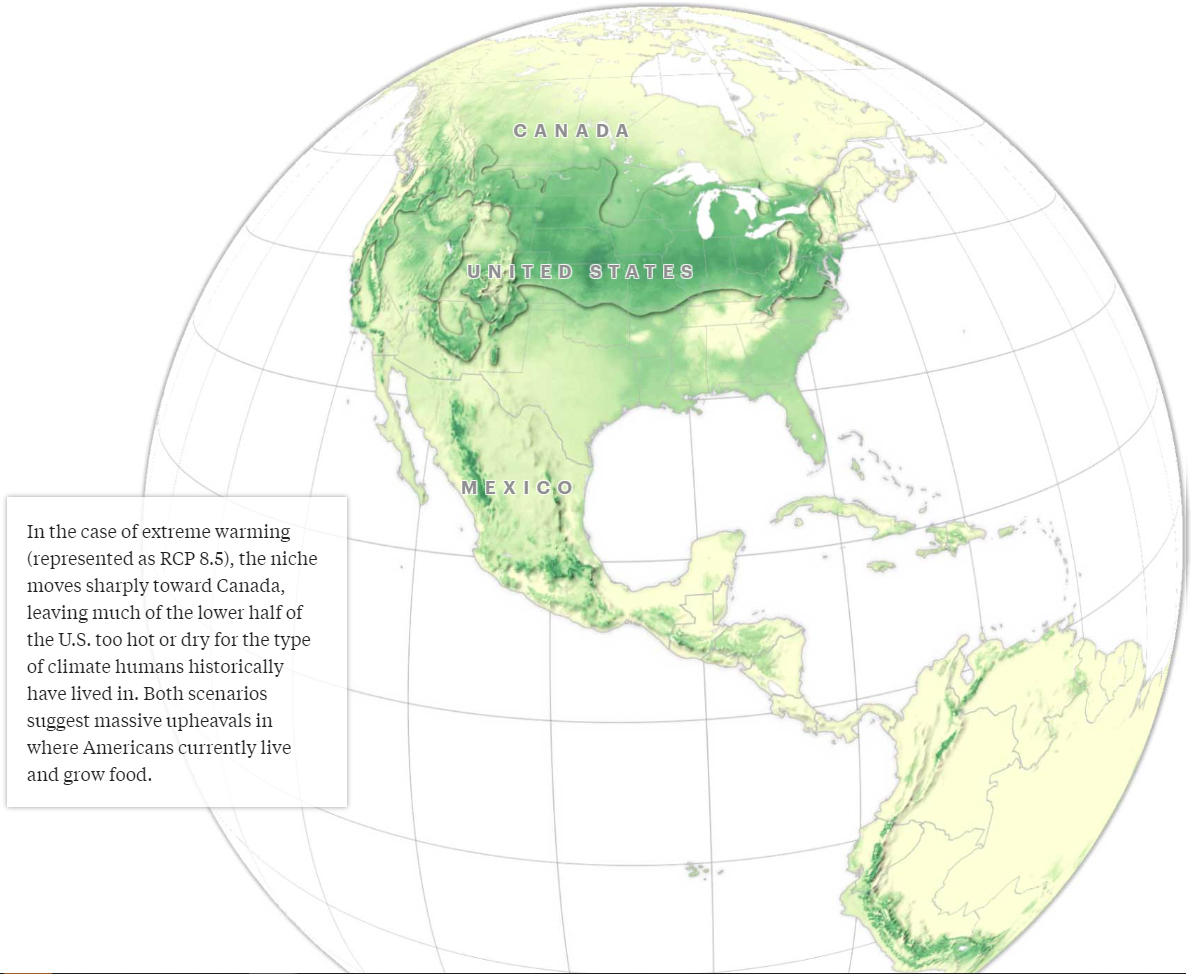800 Years Until Oxygen Depletion
How Fossil Fuels Will Destroy Earth's Atmosphere for Human Life
CO2 Induced Warming is Not Enough to Collapse the Human Population
CO2 levels are increasing. This is an observable fact. It is experimentally evident that CO2 is a greenhouse gas, and traps heat, but at 0.041% of Earth's atmosphere, we are nowhere near catastrophic levels based on experimental tests, and the history of the Earth.
The 1930's decade of extreme heat proves the correlation between air temperatures and minute concentrations of CO2 is weak at best. Societal motivation to transition away from fossil fuels over the remaining century will slow as the correlation weakens. Further massaging of temperature data will be required, beyond the massaging that has already observably taken place, in comparing pre-adjusted and post-adjusted historical weather data. Further changing of definitions, such as "weather" to include ocean temperature, may help speed the transition away from fossil fuels in developed nations.
By the end of this century, it's likely that most developed nations will have mostly switched to more sustainable energy sources, but developing nations desperate for low-cost energy, will take longer to transition, if ever. As manufacturing hubs shift to the next low-cost region in search of inexpensive labor, fossil fuel combustion will follow.
The observed increases in CO2 levels prove that current plant life cannot consume excess CO2 fast enough to maintain equilibrium. As CO2 concentrations increase, and the climate warms, humans will gradually relocate to areas with cooler weather. Higher latitudes, with vast swaths of land deemed too cold to inhabit today are in abundant supply, largely in Canada, Russia, and other lightly populated northern regions of the United States and Europe. Mass migration will require even more fossil fuel combustion to create new infrastructure, which will lead to further oxygen depletion as polar and coastal cities expand, and in-land equatorial cities become ruins. If there is drought, it is easily solvable with reverse osmosis of ocean water, or migration.
Rapid deforestation in developing nations will accelerate the rise in CO2 as total photosynthesis is reduced. Rapid changes to micro-climates will cause an overall decline in vegetation, but with an abundance of micro-climates on Earth, humans will relocate farms to compensate, and sustain the human population.
If temperatures don't quickly rise within the next few decades, increased fossil fuel use will crash the human population even sooner, but not because of CO2.
O2 Levels are Decreasing.
As fossil fuels are consumed through the process of combustion, oxygen and hydrocarbons are consumed, and CO2 and water are produced. The exception to this combustion rule is pure hydrogen, which does not produce CO2 during combustion, however it does consume oxygen. Does Hydrogen solve the climate collapse problem? In ideal world, where hydrogen and oxygen can be produced by splitting water using hydrolysis, yes. But in reality, no, because pure hydrogen does not exist naturally, and the physics of stripping hydrogen from hydrocarbons, or stripping hydrogen from water, requires as much energy to produce, as the resulting hydrogen expends. Additionally, a hydrogen-based economy will suffer from the cheap supply of hydrogen, reformed from hydrocarbons, then laundered as green hydrogen as it is transported internationally. This is inescapable and undetectable, which is why the oil industry has expressed great interest in hydrogen as an alternative energy source. The combustion of hydrogen extracted from hydrocarbons will continue to reduce oxygen levels in our atmosphere.

Population Growth Forecast Is Overly Conservative
Most models of population growth show a peak at 10.1 billion in 2100, yet we continue to blow past prior forecasts of peak population. Reaching a peak this soon would require a change to the growth trajectory we are on. The rate of growth has been slowing since 1980, but a rapid reduction in the rate of growth would be required for population to peak as soon as 2100. The model below assumes a more realistic peak of 22.4 billion, which is still more conservative than the UN's high-side predictions as seen in the graph below.

Family Planning Model Forecasting an Early Peak

UN Model showing Worst Case Growth
Our Dwindling Oxygen Supply
The model below assumes fossil fuel combustion will peak and begin to slow down within the next 150 years, as population growth slows down following an exponential decay curve based on existing data. O2 concentrations below 11% are not hospitable for human life. They are highlighted in red below.
The Scramble to Address Our Oxygen Supply
In 300-400 years, re-oxygenation of the atmosphere will likely become a major environmental goal. By this time, human population will already be at its peak. Global scale reoxygenation would take centuries to mobilize. Such efforts would likely be scattered and fractured among the leading nations of the time. The energy requirements of such reoxygenation infrastructure would be enormous, and consume a large fraction the total energy output of civilization. Small, token efforts made by politicians may push out the eventual oxygen collapse by a few decades or a century.
The Migration from High to Low Elevations
A mass migration from high elevations will occur, due to lack of oxygen, as northern latitude coastal cities will swell in size. Migration will be an easy solution for most humans, and the global reduction of oxygen will continue. Meanwhile, if CO2 concentrations continue to rise, lower elevation regions become increasingly inhospitable due to extreme heat. Humans will trap themselves in narrowly habitable regions over time.
As shown in the graph below, humans have a noticeable preference for elevations near 2000-2500 meters (6500-8000 feet). This region will become inhospitable 400 years before coastal regions.
Oxygen Supply Depletion, and The End of Human Civilization as We Know It
Barring other catastrophic events, humans will run out of oxygen near the year 3000. A collapse in food crops and civilization a few centuries before this time is likely. Humans will narrowly survive a 10-12% Oxygen scenario, but function in a severely reduced capacity. 10% CO2 levels will result in vigorous plant growth. Once the human population collapses, evolution might naturally select for low oxygen tolerance. These humans would be able to tolerate higher elevations, which offer cooler temperatures. Upon rebalancing of oxygen levels over the next millennium, descendants would then have enhanced physical and mental abilities, but hypoxic brain damage will be a common injury before then.


